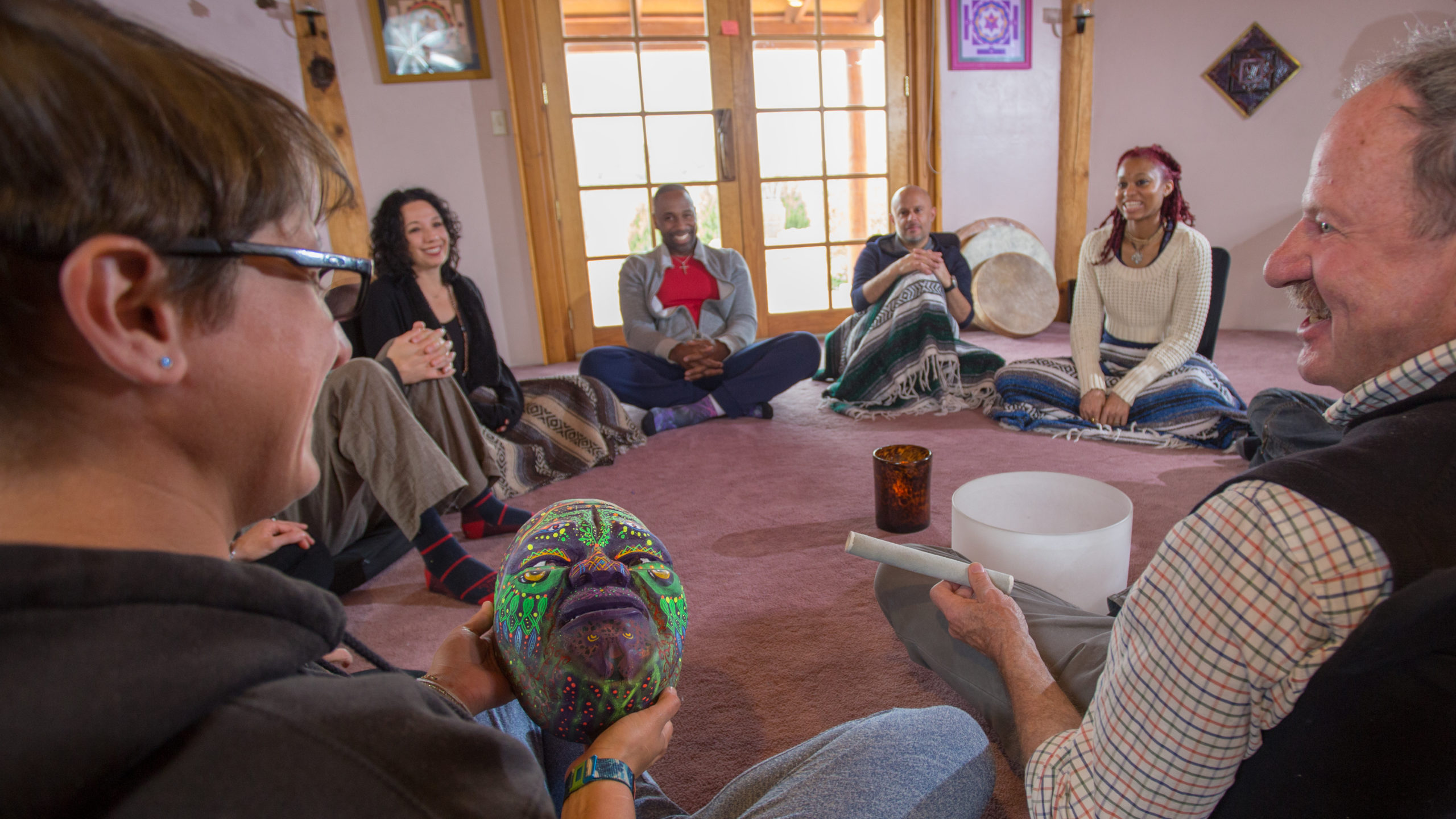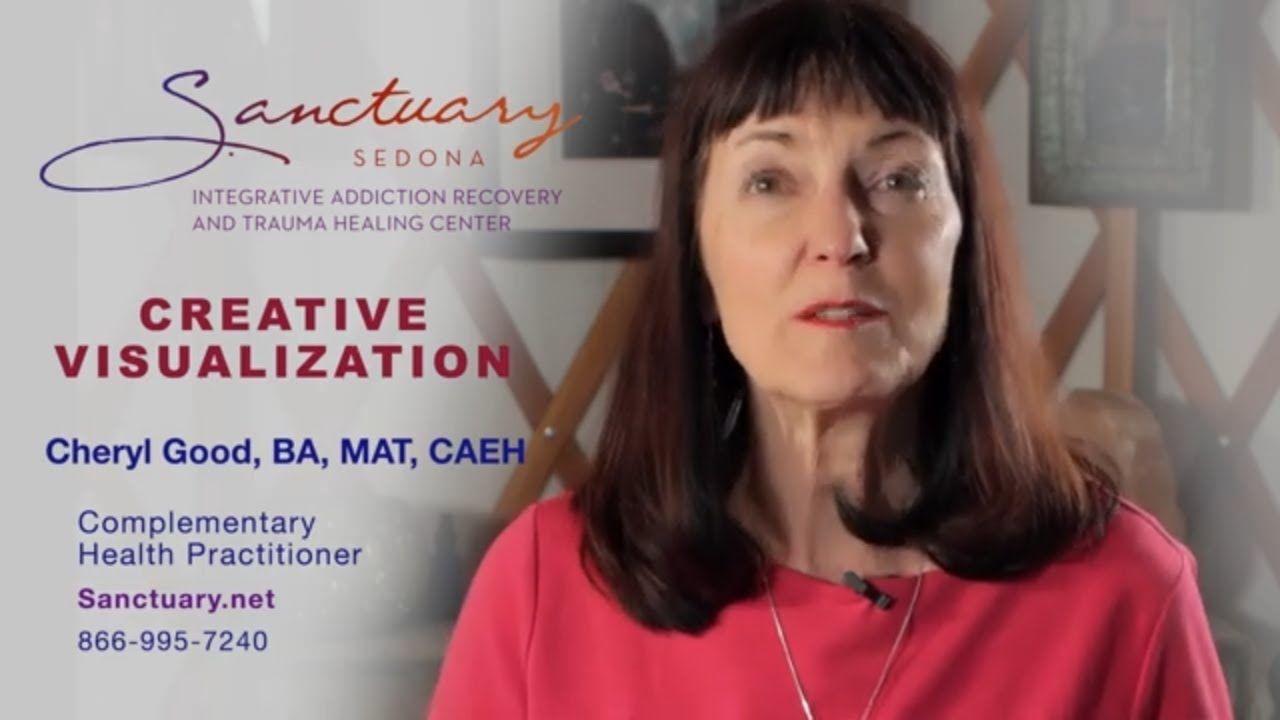Through creative visualization, patients can envision their ideal future and begin to transform that image into an achievable reality. Imagining a positive outcome can shape the future and aid in addiction recovery, anxiety and depression. For those seeking a new approach to therapeutic techniques, this practice provides a different perspective to overcome mental barriers.
What Is Creative Visualization?
Using creative visualization, patients envision their lives as they want to create them. This technique involves forming vivid mental images to create an idea of what the future could be. Often, people use creative visualization and meditation together.
People have envisioned life and future events since humankind’s beginning. However, the technique began to develop under Cicero, a Roman statesman who used the term “mind’s eye” to refer to the brain’s ability to create images. In the 1970s, Shakti Gawain wrote about how to use the technique for personal development.
The practice comprises three central beliefs:
- Everything is energy, even thoughts.
- Energy is magnetic, and particular thoughts and feelings attract similar energies.
- Thinking transforms energy, so what you believe in your mind can shape reality.
Benefits of Creative Visualization
Those who practice this technique use it for many purposes, including wound healing, pain reduction, anxiety and depression management and self-confidence improvement. The method also enhances social confidence and creates freedom from addiction.
Creative visualization in therapy can help patients overcome difficult situations they face in their lives. By reprogramming old beliefs, they can eliminate negative patterns and seek positive life changes. This practice rests on the idea that thought precedes creation. Envisioning a new future can make that image a reality.

Creative Visualization Techniques
Creative visualization, at its core, involves imagining a future outcome. Those who practice this technique may choose to pursue it in different ways, but it typically includes four stages:
- Create a goal: Decide what to achieve. The goal should be challenging but within reach.
- Form a mental image: Take time to meditate or relax and create a vision of the future. Make it as detailed as possible, so it seems authentic.
- Return to it often: Picture the future scenario throughout daily activities.
- Add positivity: Imagine that the best possible outcome already exists.

Creative Visualization for Addiction Recovery
Addiction recovery involves overcoming physical and chemical disturbances and mental stress and emotions. Visualization helps with the mental aspect of healing. It creates changes in the brain and strengthens neural pathways like when rehearsing a skill. When the brain sees that recovery is possible, the body can follow. Visualization aids recovery by:
- Mentally rehearsing the desired behavior: As the new behavior becomes a mental habit, it can transform physical habits.
- Boosting confidence and motivation: When the brain believes recovery is possible, an individual working toward their goal feels more empowered to attain it.
- Increasing problem-solving abilities: Visualizing the future allows patients to see obstacles that might arise and solve them.
- Helping with relaxation and stress reduction: Having a positive mental image to return to during difficult days can help soothe anxieties.
Seek Transformation at The Sanctuary
With a comprehensive therapeutic process built on peer-reviewed science and indigenous wisdom traditions, The Sanctuary at Sedona helps people fighting addiction or other mental struggles. To learn more about creative visualization and our other therapeutic techniques, contact us online or give us a call at (866) 750-0763 today.




